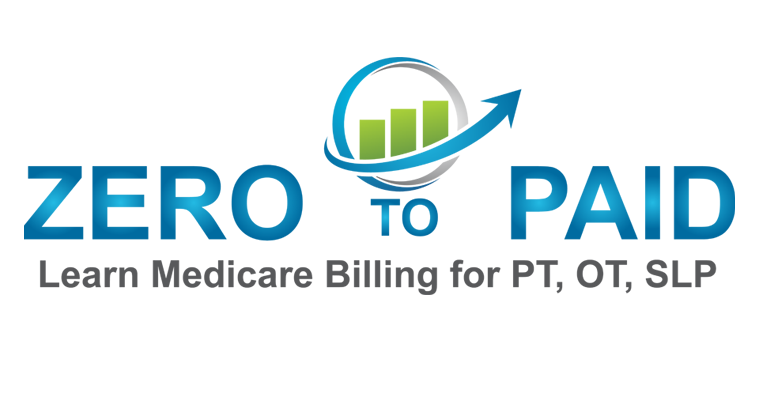Eliminate MPPR and Triple Your Physical Therapy Profits
The multiple procedure payment reduction (MPPR) is the single largest reduction to your physical therapy profits and Medicare revenue.
In this article I will explain how MPPR works and how you can eliminate the negative effect of MPPR without increasing your workload or patient volume.
What is MPPR?
According to Novitas-Solutions “Medicare applies a multiple procedure payment reduction (MPPR) to the practice expense (PE) payment of select therapy services. The reduction applies to the Healthcare Common Procedure Coding System codes contained on the list of “always therapy” services, regardless of the type of provider or supplier that furnishes the services.
The MPPR is applied to the PE payment when more than one unit or procedure is provided to the same patient on the same day, i.e., the MPPR applies to multiple units as well as multiple procedures.
Many therapy services are time-based codes, i.e., multiple units may be billed for a single procedure. The MPPR applies to all therapy services furnished to a patient on the same day, regardless of whether the services are provided in one therapy discipline or multiple disciplines such as, physical therapy, occupational therapy, or speech-language pathology.” Link
MPPR Explained in Plain Language
If your physical therapy treatment includes more than one unit, the highest relative value unit will be paid at the full allowed amount while all subsequent units will be reduced by MPPR.
If you bill a physical therapy evaluation CPT code 97161 and two units of CPT code 97110 Therapeutic Exercise then both units of CPT Code 97110 will be reduced by MPPR. This represents a roughly $13 reduction based on Ohio’s CGS Medicare reimbursement guidelines for 2022.
How to Eliminate MPPR
The easiest way to increase physical therapy profits and eliminate MPPR is to provide single unit physical therapy visits.
If I treat a Medicare beneficiary for 4 units of CPT Code therapeutic exercise in 1-hour I will recieve an average reimbrusement of $93.
If, however, I treat 4 different Medicare beneficiaries for 1 unit each in a hour of time I will recieve approximately $120.
Doesn’t that mean are doing 4 notes instead of 1?
No! If I treat 4 Medicare patients in one hour instead of 1 Medicare patient in one hour I am still documenting 4 units of care.
Each unit of care should require the same quantity of clinical documentation.
The net volume of documentation is no different if the number of units is unchanged.
Do you need 4 times the number of patients?
Again, No!
If I am delivering a single unit visit I will increase my frequency to 5 days a week.
The reality is most of the value in what we do as physical therapists is in the patient education. Patients will learn better in shorter and more frequent episodes.
I can break each session down into smaller chunks. So if a typical Medicare beneficiary in outpatient orthopedic physical therapy might come twice a week for 3 units of care per session, that same patient coming five days a week for a single unit of care is recieving one less unit of care.
That means I am saving Medicare 1/6th the cost of conventional care.
I am gaining 30% more revenue and significantly more profit.
And, best of all, I am helping my patient build better habits and learn what to do more easily because of the increased frequency.

Anthony Maritato, PT
Private Practice Owner / Physical Therapist
After starting a private practice physical therapy clinic in 2022 with his wife Kathy Maritato, PT, Tony and Kathy grew their practice to five locations across two states.
Now, Tony and Kathy enjoy spending time treating patients in the morning, coaching therapists in the evening, and being home to play with their dog Tucker and 4 boys.
